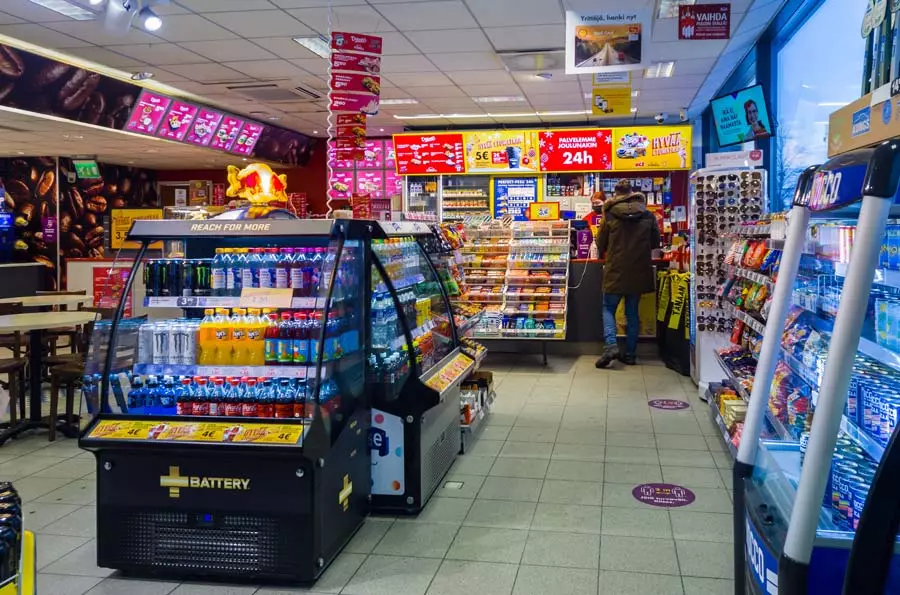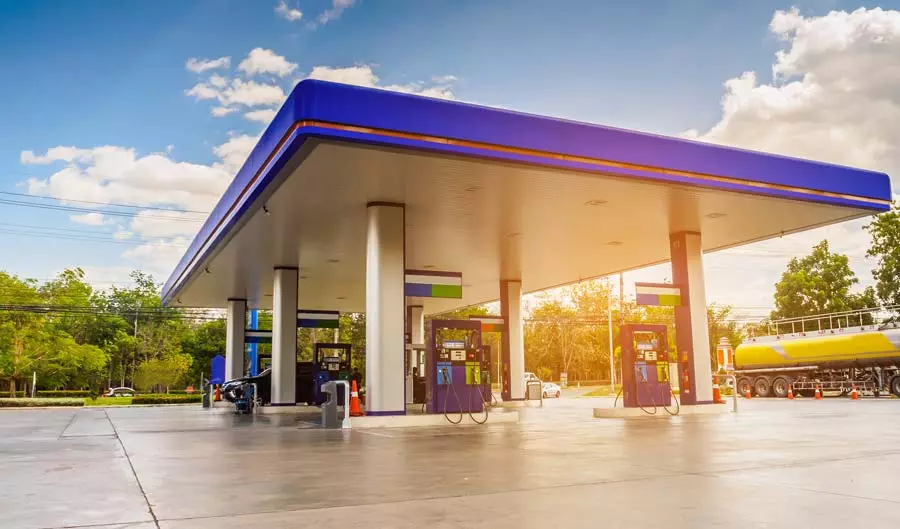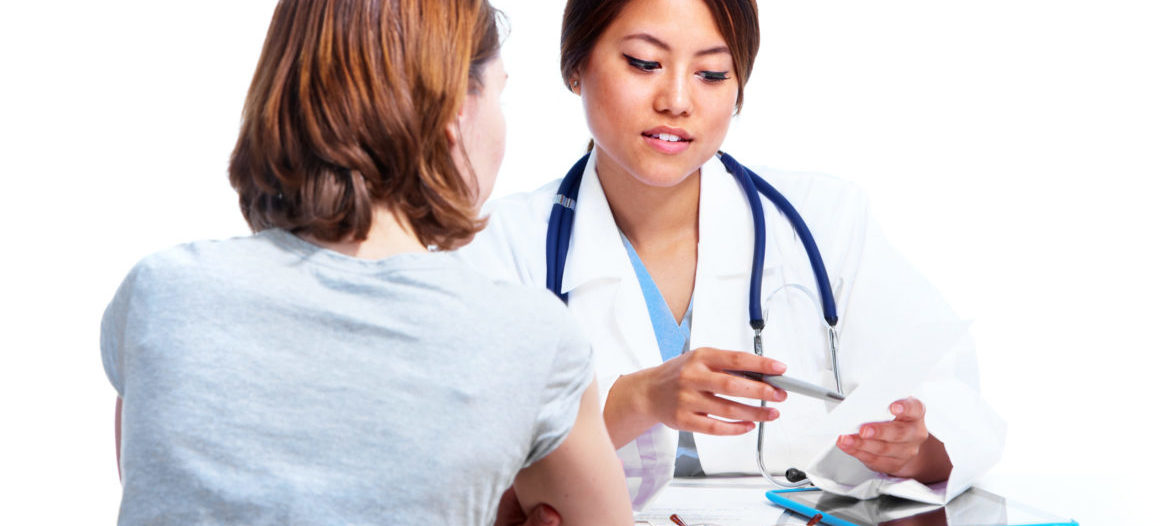Over the Counter Drugs… from a Gas Station
In the world of illegal narcotics, there are always designer drugs and research chemicals that make their way onto the scene. Many of these are completely unheard of by the FDA and squeak by for a while under the radar.
Many of these gain popularity through individuals who are on probation and still want to catch a buzz without failing a drug test. Normally you can find these substances in gas stations, and while most of them come and go – some have gained immense popularity and, many times, become notorious for being extremely dangerous.
Examples of these fad substances include spice, K2, and bath salts. Each of these was sold at gas stations and smoke shops – all of them were on the news for the wrong reasons.
Ultimately, all of these substances were banned, and gas stations that continued to sell them ended up being raided and fined. Normally these substances disappear, but not without doing considerable damage.
This craze’s latest offering is Tianeptine, a supplement being sold in gas stations and has similar effects as heroin and other opioids. It also causes nasty withdrawals and has been banned in several states. People are calling it “gas station dope,” and here’s what you need to know about it.
What Is Gas Station Dope?

Just because a product is easily available doesn’t mean it’s safe for use. This is especially true when it comes to gas station supplements.
Tianeptine is a perfect example of this, posing serious health risks and possibly leading to death. This substance is not FDA approved for any medical use whatsoever. Despite this, many of the manufacturers are illegally marketing this product as a solution to opioid use disorder, depression, and pain.
This substance is normally marketed as Coaxil – an atypical drug used for antidepressant purposes in Europe and Asia. As stated earlier, this drug is not approved by the FDA and is considered an unscheduled agent as of now.
Studies have shown that this drug has an opioid agonist. There have been multiple cases of negative effects and even deaths because of recreational abuse.
Emergency calls placed regarding this substance included cardiovascular, gastrointestinal, and neurological side effects. Callers also experienced symptoms similar to withdrawal after discontinuing long-term use.
In the United States, reports of negative reactions and unsavory effects involving this drug are increasing. The Poison Control Center fielded only 11 cases between 2000 and 2013. However, in 2020 alone, over 150 cases were reported.
Is Tianeptine Legal In the US?
Currently, Tianeptine is only illegal in two states. It’s considered an unscheduled substance with no medical use by the FDA, which is basically stating the verdict is still out.
Michigan and Alabama are the only two states to ban this substance so far. In both states, Tianeptine is considered a Schedule II drug. Schedule II drugs are considered substances with a high potential for abuse, having the ability to do severe psychological and physical damage.
What Are the Effects of Tianeptine?
Most users report the effects of Tianeptine to be similar to an opioid high. Many users indicate the drug causes anti-anxiety and antidepressant properties, with mild euphoric effects.
It activates the body’s opioid neurotransmitters and potentiates dopamine. In high doses, it’s possible for this drug to cause deep sedation and even overdose leading to death.
When combined with other substances like phenibut, benzodiazepines, and opioids, it can cause drowsiness, difficulty breathing, and confusion. There have been multiple reports out of Europe, where the drug is more popular, of hundreds of withdrawal cases being considered more severe than those of opioids.
Because of all of these characteristics, it may be easy to identify individuals who abuse this substance.
Signs of Tianeptine Dependence
Individuals who abuse Tianeptine may show effects similar to opioid abuse. These signs include:
- Frequent drowsiness
- Confusion
- Sleeping more than usual
- Pinpoint pupils
- Frequently nodding out
When users run out, they’ll also display signs of withdrawal.
Does Tianeptine Cause Withdrawal?
Users have reported severe withdrawal symptoms with this drug. Many consider these symptoms to be even more severe than opioids.
Each year since 2013, cases have increased. As of last year, there were 251 cases reporting either adverse side effects or withdrawal. The increases reported are similar to the same trends as other similar drugs like Kratom, bath salts, and spice.
Kratom and Other Forms of Gas Station Dope

Kratom is known to cause withdrawal symptoms like opioids as well. This natural supplement is one of many substances to make its rounds through the gas station circuit, being marketed as an alternative to popular street drugs.
Some of these other drugs include:
Bath Salts
Bath salts are a ‘research chemical’ similar to methamphetamine. However, the negative results produced were much more severe. Users ended up in a zombie-like state, with several cases of murder and grotesque self-mutilation being reported. These substances were banned from the market and made illegal in the United States.
Spice/K2
This substance was marketed as an alternative to marijuana, advertising a similar relaxed high. However, many users reported negative side effects that included intense psychoactive properties leading to hallucinations. This drug was also taken off the market.
Salvia
Native American tribes have used this herb for years as a religious sacrament. It has extremely high psychoactive properties and leads to hallucinations and other harmful side effects. Salvia was taken off the market but is still widely traded on the black market along with psychedelics like LSD and psilocybin mushrooms.
Medical Detox for Tianeptine and Kratom
In many cases, the best course of treatment for recovery from substances like these is medical detox. Whenever detox causes intense physical withdrawal like opioids, completing the process can be difficult because of the discomfort.
However, medically-assisted detox provides constant monitoring by a professional staff and certain medications to ease the pain and discomfort caused by withdrawal symptoms.
The response from Tianeptine to this form of treatment may be similar to that of medication-assisted treatment and opioids. However, because of the relatively limited information regarding the detox process, it’s hard to recommend a concrete regimen. This is especially true considering there are no official research or case studies done on the drug.
Out of the cases that have been studied, the methods used for opioids HAVE proven effective in the treatment of withdrawal and detox from Tianeptine. Other medications may be used to mitigate the intensity of withdrawal symptoms, such as clonidine and antidepressants.
Is Long-term Recovery from Gas Station Dope Possible?
At Best Rehabs In Arizonas, we’ve dealt with many cases of rare designer drugs and research chemicals causing harm to clients. With attention to past case studies and a careful approach led by our expert medical team, long-term recovery is possible from substances like Tianeptine.
We’ll craft a personalized care plan that works best for you and help you prepare for life after treatment. For more information on how we can help you break the chains of substance abuse, contact a member of our admissions staff.





